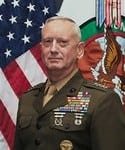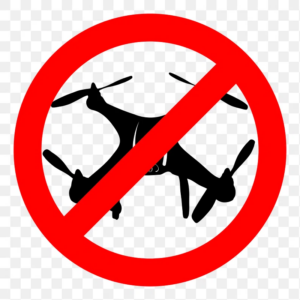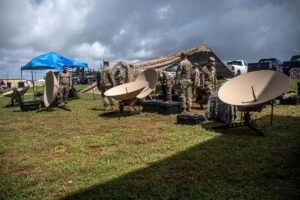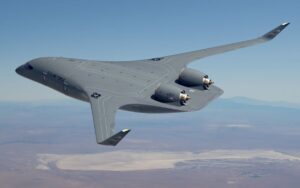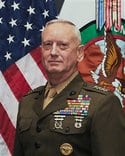
Other than commanding combat troops, James Mattis, retired Marine Corps general and President-elect Donald Trump’s likely defense secretary, has served only one stint overseeing Marine combat development and three years on the board of a major defense contractor.Mattis the general is remembered for implementing counter-insurgency strategy after replacing Gen. David Petraeus – also a potential Trump cabinet member – as chief of U.S. Central Command. Trump announced Mattis as his desired Secretary of Defense during a victory rally in Ohio on…

 By
By 
